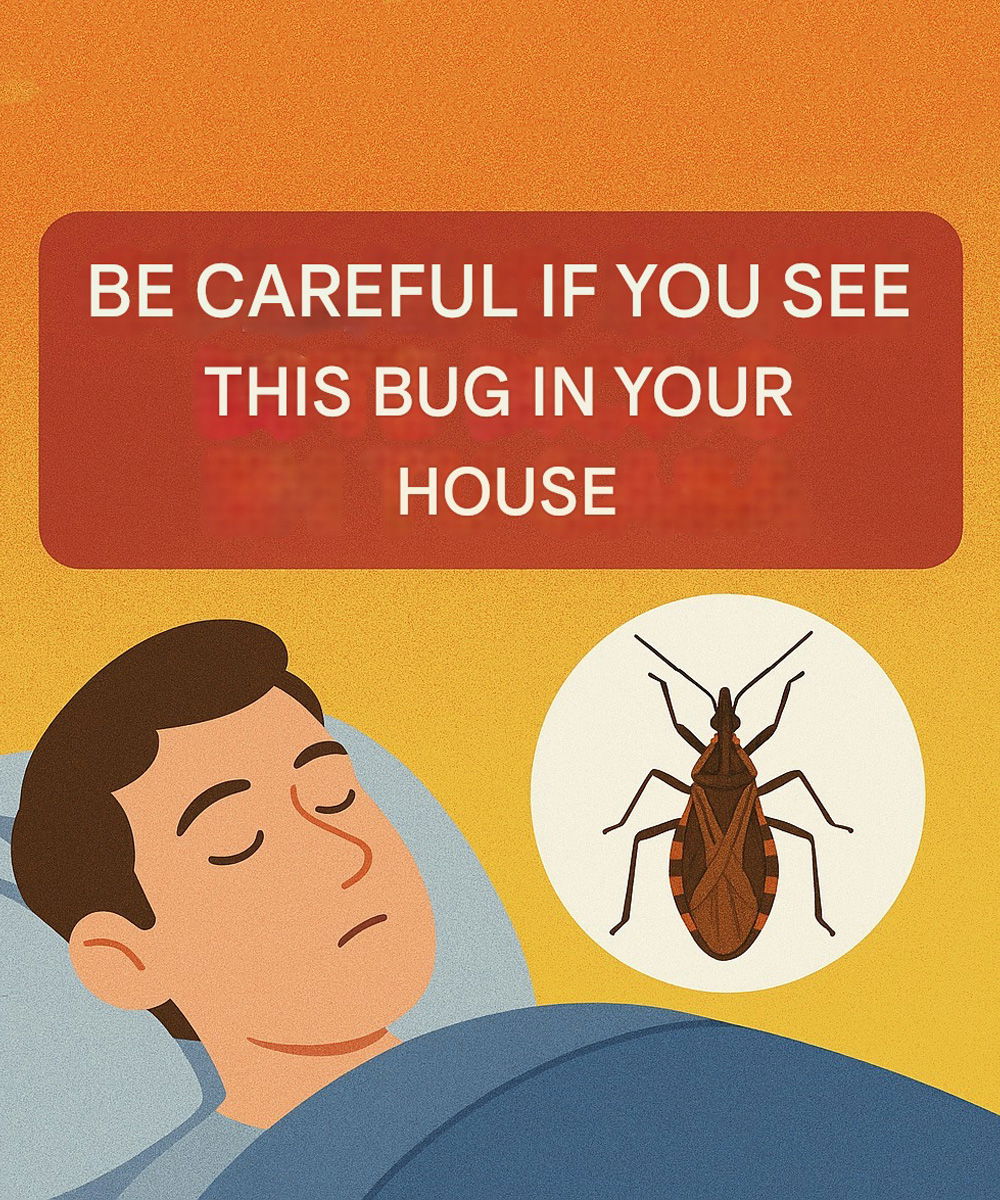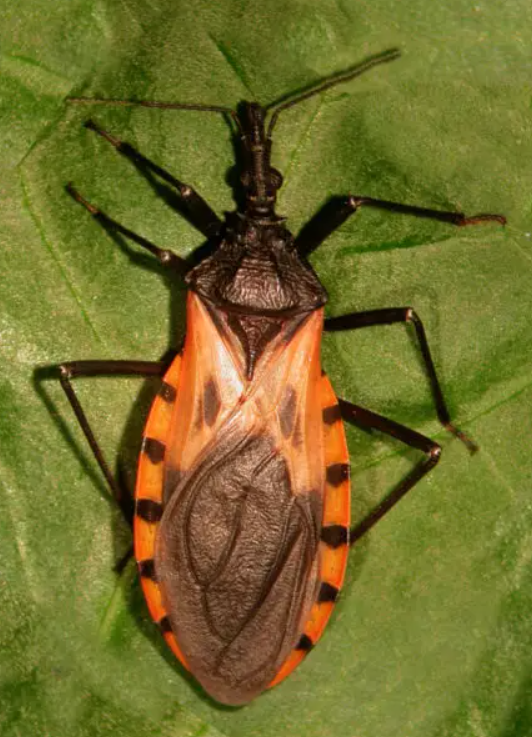
Kissing bugs are blood-feeding insects commonly found throughout Latin America, particularly in countries like Argentina, Paraguay, Uruguay, and Brazil. Known for their ability to fly and bite, these bugs feed on the blood of humans and animals such as dogs and cats. Recognizing their bites—and the potential risk of Chagas disease—is essential. In this article, we’ll cover everything you should know about kissing bugs and how to identify them.
What Are Kissing Bugs?
Kissing bugs are hematophagous insects, meaning they survive by feeding on blood. While they mainly target humans, they can also bite pets. These insects are widespread across Latin America and are recognized by their tendency to fly and bite to obtain nourishment.
How to Identify a Kissing Bug
Most people become aware of kissing bugs after being bitten. Their bites can be painful and typically cause redness, swelling, and sometimes blisters. If you notice these symptoms after an insect bite, it’s important to see a healthcare provider to rule out Chagas disease.

Another sign of a kissing bug presence is finding a nest in or near your home. These nests are usually round, made of mud, and should be destroyed immediately to prevent further infestation.
Recognizing the Bite
Kissing bug bites tend to cause discomfort and visible skin reactions like swelling, redness, and blistering. If you notice such signs, seek medical advice to check for any possible infection, especially Chagas disease.
Understanding Chagas Disease
Chagas disease is a potentially serious illness caused by the parasite Trypanosoma cruzi, which can be transmitted through the bite of an infected kissing bug. Symptoms may include fever, fatigue, headaches, and general malaise. If left untreated, the disease can lead to severe complications and even be life-threatening.
Preventing Bites
If you live in or are traveling to areas where kissing bugs are found, taking preventive measures is key:
Keep doors and windows screened or closed to block insects.
Use insect repellent in known risk areas.
Ensure beds and cribs are well-ventilated.
Seal cracks or gaps in walls and roofs where bugs could enter.
Avoid keeping birdhouses near windows or rooftops, as they attract kissing bugs.
If your roof is made of thatch or straw, inspect and replace it annually.
Clean behind furniture, picture frames, and wall-mounted items regularly.
If you suspect you’ve been bitten, it’s best to consult a doctor and request a blood test to check for Chagas disease. Early diagnosis can make a significant difference in treatment outcomes.
In Conclusion
Kissing bugs are common in many parts of Latin America and pose a health risk due to their blood-feeding habits and the possibility of spreading Chagas disease. Learning to recognize bites and knowing how to prevent exposure can help keep you and your family safe.
Have you ever encountered a kissing bug or been bitten by one? Were you aware of the link to Chagas disease? Share your story in the comments below!



















